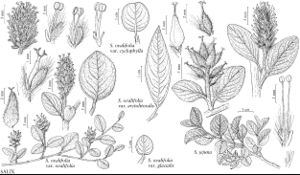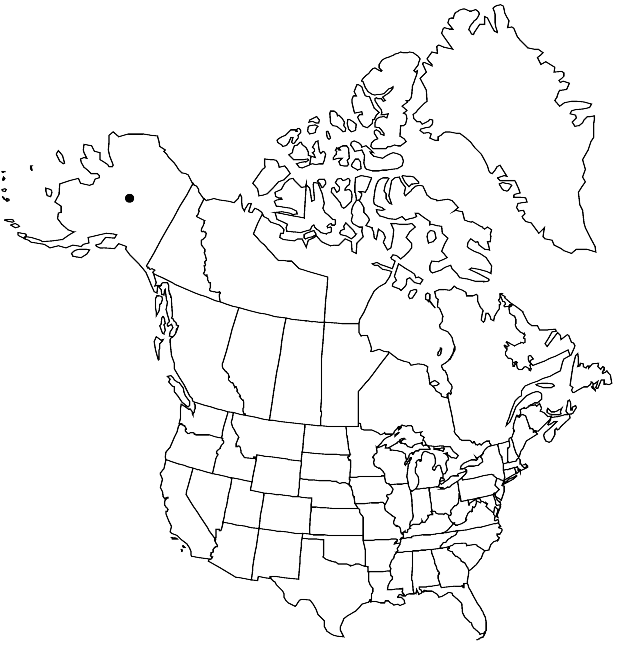Difference between revisions of "Salix ovalifolia var. glacialis"
Canad. J. Bot. 47: 798. 1969.
imported>Volume Importer |
imported>Volume Importer |
||
| Line 62: | Line 62: | ||
|publication year=1969 | |publication year=1969 | ||
|special status=Illustrated;Endemic | |special status=Illustrated;Endemic | ||
| − | |source xml=https:// | + | |source xml=https://bitbucket.org/aafc-mbb/fna-data-curation/src/2e0870ddd59836b60bcf96646a41e87ea5a5943a/coarse_grained_fna_xml/V7/V7_80.xml |
|genus=Salix | |genus=Salix | ||
|subgenus=Salix subg. Chamaetia | |subgenus=Salix subg. Chamaetia | ||
Latest revision as of 22:36, 5 November 2020
Leaves: petiole 1.1–3.2 mm; largest medial blade elliptic to subcircular, 8.5–14 × 4.5–9 mm, 1.1–2.2 times as long as wide, base subcordate, cordate, or convex, apex usually convex (rarely acute), abaxial surface pilose. Catkins: staminate 4.8–15 × 5–9 mm, flowering branchlet 1.5–7 mm; pistillate stout to globose, 6.3–15 × 5–12 mm, flowering branchlet 2.5–8 mm. Staminate flowers: abaxial nectary 0.5–0.9 mm, adaxial nectary 0.6–1.1 mm, nectaries distinct or connate and shallowly cup-shaped. Pistillate flowers: abaxial nectary present [(0–)0.4–0.6 mm], adaxial nectary ovate, 0.5–1.6 mm, nectaries distinct or connate and cup-shaped; stipe 0.2–0.8 mm; ovary glaucous or not, usually tomentose, sometimes glabrous. Capsules 5.2–6.5 mm.
Phenology: Flowering Jul.
Habitat: Arctic, coastal sandy gravel spits
Elevation: 0-10 m
Discussion
Selected References
None.

